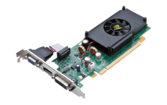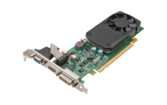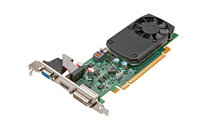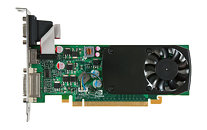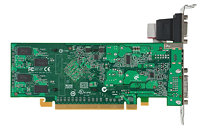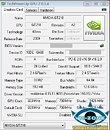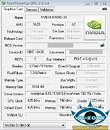
Radeon HD 5870 Aggressively Priced: Report
According to a fresh report by Donanim Haber, AMD's next performance graphics accelerator, the Radeon HD 5870, codenamed "Cypress" is expected to be aggressively priced, at US $299. At that price, it intends to be highly competitive against GeForce GTX 285 from NVIDIA. The secret-sauce behind the price could be the 40 nm fab process on which the GPU is being built, which allows upping transistor counts while maintaining significantly smaller die-sizes compared to 55 nm.
There is a great deal of uncertainty surrounding the specifications of the GPU, including what level of performance with existing application could it end up offering. Some sources, such as ChipHell, which are one of the first to leak pictures of components related to various Evergreen family products claim the Cypress GPU to have an almost 100% increase in stream processor counts compared to RV770, while others remain conservative expecting it to be around 50%. With this kind of a pricing, Cypress could trigger market-wide changes in GPU pricing, if it ends up with a good price/performance ratio at $299.
There is a great deal of uncertainty surrounding the specifications of the GPU, including what level of performance with existing application could it end up offering. Some sources, such as ChipHell, which are one of the first to leak pictures of components related to various Evergreen family products claim the Cypress GPU to have an almost 100% increase in stream processor counts compared to RV770, while others remain conservative expecting it to be around 50%. With this kind of a pricing, Cypress could trigger market-wide changes in GPU pricing, if it ends up with a good price/performance ratio at $299.

